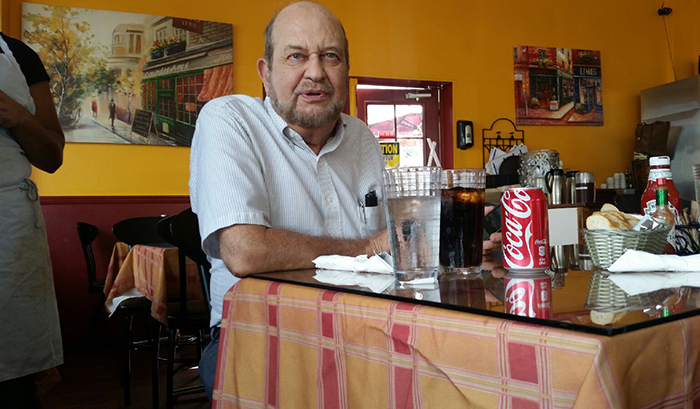Go back in time six years to 2010, when the Top Two primary election system awaited a decision from California voters. Until then, Republicans could only cast ballots for fellow Republicans in primary elections, while Democrats allowed votes from people who declined to choose a party.
In fall general elections, the many lopsided races in congressional or legislative districts where voter registration is dominated by one party, were essentially done before votes were counted.
The result was extremism in both major parties, with extreme liberal Democrats and extreme conservative Republicans virtually guaranteed election, leaving moderates unrepresented.
The Top Two system ended that. It has often allowed Republicans in Democratic districts to decide which Democrat they prefer in either Sacramento or Washington, D.C., and vice versa. It has forced the majority party in one-sided districts to heed voters in the other party, for the first time in generations. It has basically taken minor parties from the ultra-liberal Greens to the usually conservative-leaning Libertarians off almost all general election ballots.
That, in turn, eliminates the possibility of those parties being used to manipulate voters and distort elections, a la what the late Democratic U.S. Sen. Alan Cranson did in 1986. Faced with a close race against tough GOP opponent Ed Zschau, Mr. Cranston backers advertised heavily for the previously unknown, extreme conservative American Independent Party candidate Ed Vallen, who took 1.5 percent of the vote in an election Mr. Cranston eventually won by just 1.3 percent.
Top Two also produced a new reality in California politics, creating a quasi-party within the Democratic spectrum, loosely called “business Democrats,” who vote with their more liberal colleagues on social issues, but often seem a bit like Republicans on money-related items.
All this caused little furor for the last six years, even though dozens of races for the Legislator and Congress were all-Democrat or all-Republican affairs.
What Has Changed
But this summer is different, mostly because Democratic Congresswoman Loretta Sanchez of Orange County snagged the second spot in the November runoff for the U.S. Senate seat held by Democrat Barbara Boxer since 1992. Without the Top Two system, Sanchez would have finished a distant second to state Atty. Gen. Kamala Harris in a Democratic primary. This would have left Ms. Harris with only token November opposition, as no Republican managed more than a fraction of her primary election vote.
Minor party officials have griped for years that Top Two deprives their voters of a November election voice. But they will have a general election presence any time their candidates earn it. Similarly, Republicans are whining this summer about the Senate race, where they can either stay home or vote for a Democrat, either Ms. Harris or Ms. Sanchez.
That’s happening because those same Republicans were unable to coalesce around a single candidate last spring, instead fracturing their votes among 11 Republicans in a field of 34 Senate candidates. Had Ron Unz or Tom del Beccaro or Phil Wyman or George (Duf) Sundheim drawn support from even one of every five voters, a Republican would be running now.
But in a state where Democrats hold a voter registration edge of more than 17 percent, any such Republican would have little chance in the fall against Ms. Harris, the leading Democratic vote-getter. Like all other statewide GOP candidates of the last 20 years other than muscleman actor Arnold Schwarzenegger, the GOP survivor would have been autumn mincemeat.
Not so Ms. Sanchez, who now is free to expand her mostly Latino voting base by going after Republican voters dismayed by the likelihood that Ms. Harris, part of the San Francisco political establishment that has held almost all major offices in this state for the last six years, might get at least six years in the Senate.
It’s up to Ms. Sanchez to make those GOP adherents comfortable with her, because they cast well over 25 percent of the primary election votes, enough to make her a credible challenger for Ms. Harris if she can attract most of them.
That’s what Top Two was designed to do, and it performed this year exactly as advertised.
Mr. Elias may be contacted at tdelias@aol.com. His book, “The Burzynski Breakthrough, The Most Promising Cancer Treatment and the Government’s Campaign to Squelch It,” is now available in a soft cover fourth edition. For more Elias columns, visit www.californiafocus.net








